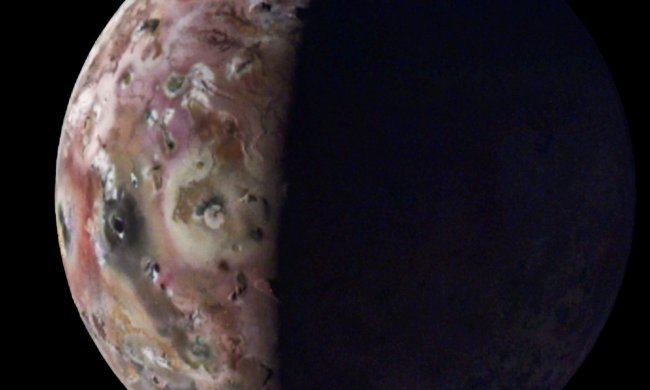- Home
- space
space
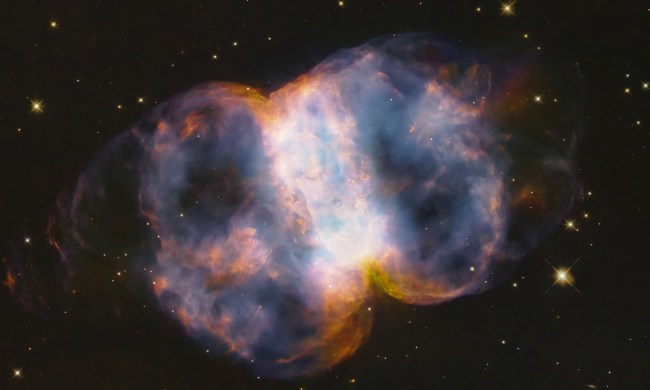
Celebrate Hubble’s 34th birthday with this gorgeous nebula image
Tomorrow is the 34th anniversary of the launch of the Hubble. To celebrate, Hubble scientists have shared an image of the striking Little Dumbbell Nebula.
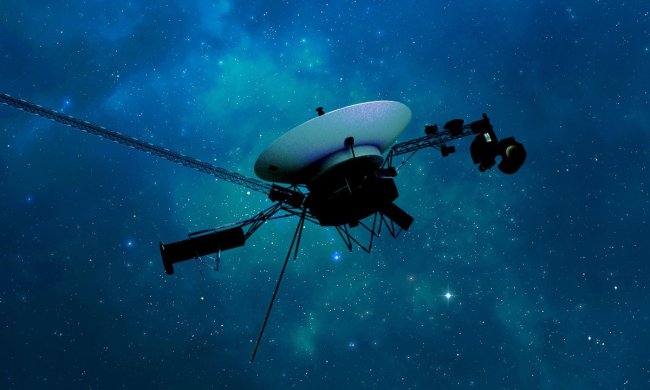

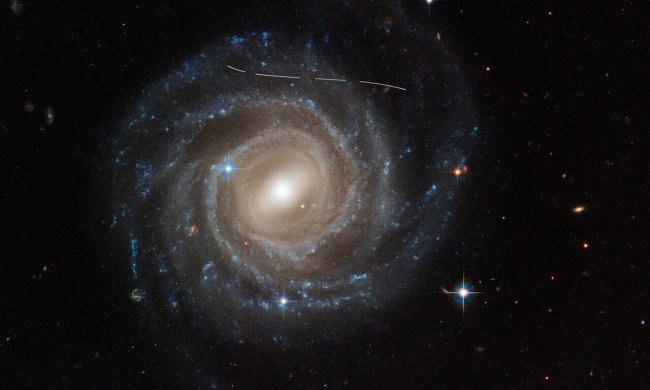






First indications of a rare, rainbow ‘glory effect’ on hellish exoplanet
Researchers believe they may have identified a set of rainbow-like colorful rings, called a glory, on a planet outside our solar system for the first time.

Is dark energy changing over time? A new survey suggests it could be
New results from a survey into dark energy show a look back 11 billion years into the past, with the largest ever 3D map of the universe.

These 3 companies are developing NASA’s new moon vehicle
Today, NASA announced the three companies that will be developing its new lunar vehicle: Intuitive Machines, Lunar Outpost, and Venturi Astrolab.

James Webb images capture the galactic winds of newborn stars
A stunning new pair of images from the James Webb Space Telescope show a new view of a familiar galaxy: Messier 82.
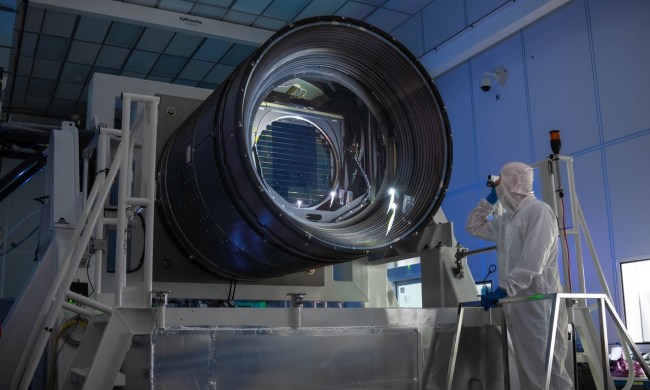
The world’s largest digital camera for astronomy is ready to go
Ready to scan the night sky for evidence of dark matter and to identify near-Earth asteroids, the camera for the upcoming Vera Rubin Observatory is complete.

The ‘Devil Comet’ will be visible during the solar eclipse in April
Not only will April bring a rare total solar eclipse, but there's also the chance to view the dramatically named Devil Comet.

Stunning image shows the magnetic fields of our galaxy’s supermassive black hole
The Event Horizon Telescope collaboration, the group that took the historic first ever image of a black hole, is back with a new stunning black hole image.

Euclid space telescope’s vision cleared thanks to deicing
The Euclid Space Telescope is fully operational after a deicing procedure removed small amounts of water ice from its mirror.

How to safely watch April’s total solar eclipse, in person or online
Next month will see a rare and exciting astronomical event: a total solar eclipse that will be viewable across much of North America. Here's how to watch it.

Hubble captures the dramatic jets of a baby star
A new image from the Hubble Space Telescope shows the drama that unfolds as a new star is born.

Hubble images the spooky Spider Galaxy
A recent image from Hubble shows an irregular galaxy, the spindly arms and clawed shape of which has led to it being named the Spider Galaxy.

Russian Soyuz on its way to ISS after being delayed due to electrical issue
A trio of crew members are on their way to the International Space Station on a Soyuz spacecraft following a rescheduled launch caused by an electrical issue.

Here’s the new science that’s launching to the ISS today
Today will see the launch of not only a group of astronauts visiting the ISS, but also a uncrewed cargo mission sent to resupply the station.
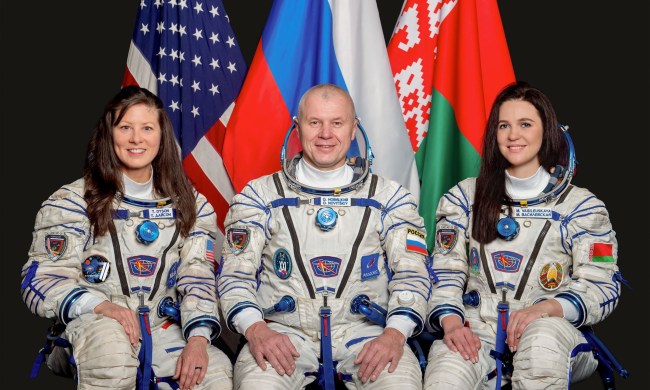
How to watch three crew members launch to the ISS on Thursday
This Thursday will see the launch of one NASA astronaut and two other crew members to the International Space Station (ISS). Here's how to watch.

Get out the scrapers: Euclid space telescope is getting deiced
If you thought it was annoying to deice your car in the winter, then spare a thought for the engineers whose job it is to deice telescopes in space.

SpaceX’s Starship reaches orbit on third test flight
SpaceX's mighty Starship rocket has made it into space on its third test flight. The rocket launched at 9:25 a.m. ET today, March 14.

See the stunning Vela supernova remnant in exquisite detail in expansive image
An enormous new image of the ghostly Vela supernova remnant shows off the fascinating and elaborate structure of this striking cosmic object.

How to watch SpaceX launch the third flight of its Starship rocket on Thursday
SpaceX has announced the time of its next test of its Starship rocket, which will be the third test flight of the vehicle to date. Here's how to watch.

NASA’s Crew-7 astronauts splash down safely off the coast of Florida
NASA's Crew-7 mission has splashed down off the coast of Florida, with the four astronauts on board returning safely from the International Space Station.

The expansion rate of the universe still has scientists baffled
The question of how fast the universe is expanding confounds scientists, and new research using James Webb and Hubble doesn't make the answer any clearer.

Asimov’s vision of harvesting solar power from space could become a reality
Isaac Asimov's idea of harvesting solar power from space may not be a thing of fiction much longer as space agencies explore the concept.

See planets being born in new images from the Very Large Telescope
Astronomers have peered into the disks of matter from which exoplanets form, looking at more than 80 young stars to see which have planets forming around them.
